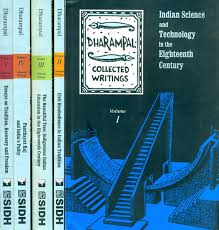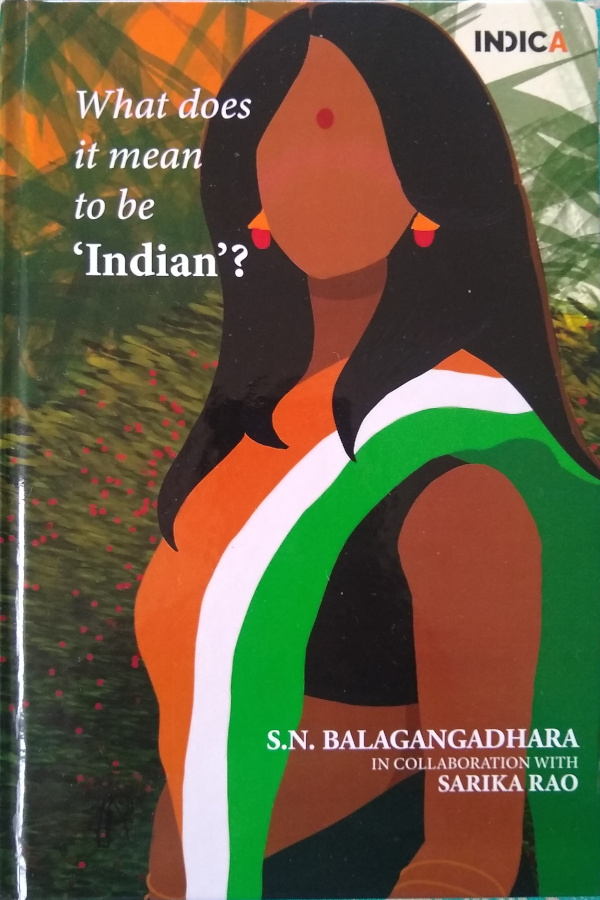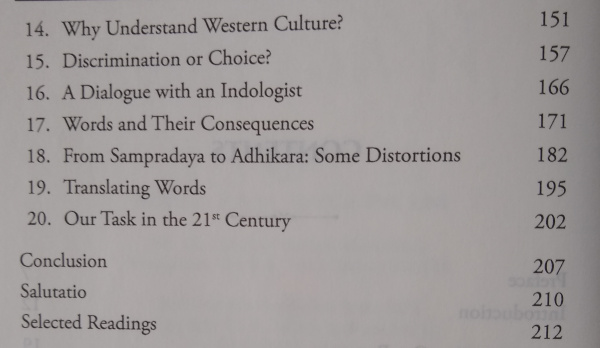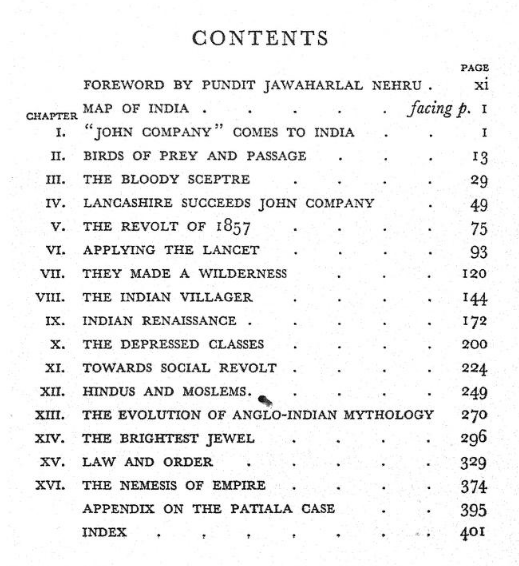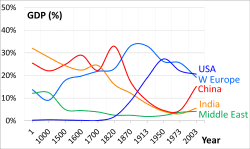Note: This is part 1 of an article written for Madhumati, a journal published from Bikaner, Rajasthan
दुनिया एक भयंकर दौर से गुज़र रही है। पिछले 220/250 वर्षों से जो पट्टी हमें पढ़ाई गई है और जिन व्यवस्थाओं का निर्माण किया गया है वे मानव जाति को ही नष्ट करने की ताकत रखती हैं और अब यह साफ नज़र भी आने लगा है। गांधी इसे ‘राक्षसी’ कहते थे। अब उसकी सच्चाई अलग अलग स्तर, जीवन के अलग अलग आयामों में साफ दिखाई देने लगी है। भारत की समस्या इससे भी अधिक विकट है। हमारा रोग एक पुराने रोग के साथ साथ इस आधुनिक रोग का अजीब मिश्रण है। इसे समझने की ज़रूरत है।
इसे कई तरह से समझा जा सकता है। एक होलोग्राम की तरह, कहीं से भी एक सिरा पकड़ कर पूरी बीमारी समझी जा सकती है। और बीमारी को समझने की प्रक्रिया में ही उसका समाधान छुपा है। क्योंकि संपादक जी ने मुझे विविधता का सिरा पकड़ने को कहा तो उसे ही पकड़ कर एक कोशिश की जा रही है।
**********
राग एक, अदायगी अनेक। पेड़ की प्रजाति एक, परंतु फिर भी उसी प्रजाति के दो पेड़ एक जैसे नहीं। सब अपनी अपनी छटा, अपनी विशिष्टता लिए हुए। पर मूल में एक, उसमें समानता। विविधता को परंपरा में, भारतीय दृष्टि में, संभवतः ऐसे ही देखा गया है। मूल में नियम बसे होते हैं, जो निराकार, अगोचर होते हैं, उनमें समानता होती है। जो दिखता है, जो करने और दिखने वाला पक्ष है उसमें विविधता; पर वह विविधता गहरे में किसी नियम (नैसर्गिक, शाश्वत अथवा परंपरा से/में बनाए गए) से बंधी रहती है, संयमित रहती है। यह धुरी, विविधता को खूबसूरती प्रदान करती है, उसे संयमित करती है। यह संयम – धुरी में एक, पर अदायगी में अलग, साधना है। साधना पड़ता है।
आधुनिकता को संयम स्वीकार नहीं। आधुनिकता संयम को बंधन मानती है और हर प्रकार के बंधन को अपनी स्वतन्त्रता में बाधा मानती है। परंपरा और आधुनिकता में यह एक बुनियादी भेद है। आज के आधुनिक मानव को कभी न कभी तय करना होगा कि जीवन के उत्कर्ष और श्रेष्ठता के लिए किन्ही मूलभूत नियमों को पहचान कर, संयमित हो कर, जीना है या हर प्रकार के “बंधनों” (नियमों) से मुक्त (अवहेलना कर के) हो कर जीने का प्रयास करना है।
संयम में रहते हुए ही मुक्त हुआ जा सकता है। यह सोच परंपरा में रही है। गहरे में, चिंतन करने पर इस निष्कर्ष पर हरेक पहुंच भी सकता है। संयमित होकर ही – भारत की सभ्यतागत दृष्टि में – स्वतंत्रता प्राप्त की जा सकती है। संयम और स्वतन्त्रता एक दूसरे के विरोध में नहीं, वरन एक से हो कर, दूसरे तक पहुँचने का मार्ग है। एक तरफ गहरे में, मूलभूत नियमों की स्वीकार्यता और उससे अपने को संयमित करते हुए, करने और दिखने वाले, (इंद्रिय) सापेक्ष पक्षों में, प्रकटण में खुली छूट। इस दृष्टि में – स्वतंत्रता हमें प्राप्त होती है, जब हम उसके योग्य होते हैं, अपने को बनाते हैं, साधना के बल पर।
आधुनिकता के शब्दकोष में, संयम तो है ही नहीं। ऐसा मान लिया गया है कि संयम में बंधन है। और कोई भी बंधन आधुनिकता को स्वीकार्य नहीं। इस दृष्टि में स्वतंत्रता का अर्थ ही गायब है। इस दृष्टि में सिर्फ ‘फ़्रीडम’ है। फ़्रीडम और स्वतन्त्रता एक दूसरे के पर्याय नहीं। फ़्रीडम प्राप्त नहीं होता, उसे लगभग (किसी दूसरे से) छीन कर, मांग कर हासिल किया जाता है। कोई देता है और दूसरा लेता है। इसमें निहित है कि फ़्रीडम लेने वाला एक तरफ और (फ़्रीडम) देने वाला दूसरी तरफ। और निश्चित ही, देने वाला, लेने वाले से ज़्यादा शक्तिशाली होगा। तो फ़्रीडम में बराबरी ढूँढना अपने आप में विरोधाभास है। पर आधुनिकता इस प्रकार के गहरे विरोधाभासों को देखना नहीं चाहती।
(The article will appear over three weeks on this blog. This is the end of part 1)
